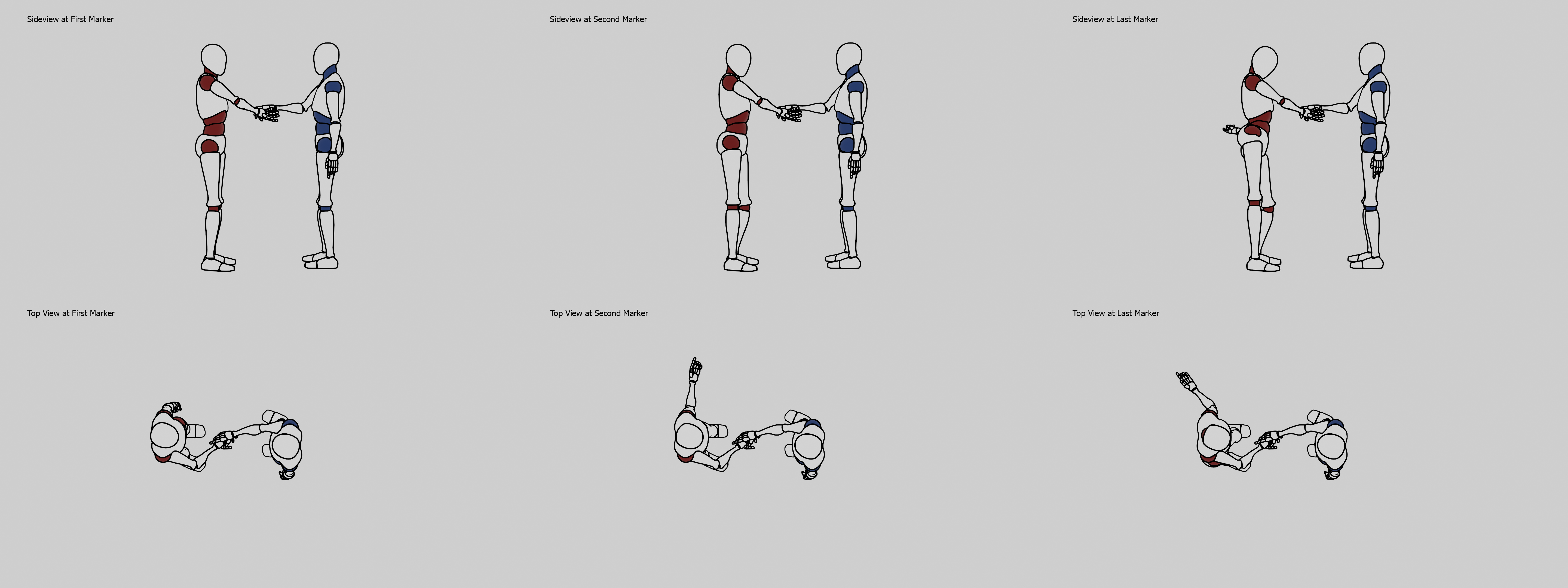MultiRender is a Blender add-on that enables rendering of multiple images with a click of a button, based on cameras and timeline markers in the scene. It can be a useful tool for batch rendering from different viewpoints or at different time instances.
- Renders an image from every camera in the scene for every timeline marker.
- Allows selection of output format: PNG (default), JPEG, or TIFF.
- Allows enabling/disabling of parallel processing for faster renders.
- Intuitive user interface in the Render Properties panel.
- Automatic directory creation and file naming based on marker and camera names.
- Error handling and warnings for scenes without cameras or timeline markers.
- Tested with Blender 3.5.1 or newer, might work with older versions but not aiming for backwards compatibility at this time.
- Download the MultiRender Python script (
multirender.py) from the repository. - Open Blender and go to
Edit > Preferences. - In the Preferences window, switch to the
Add-onstab and click onInstall...button. - Navigate to where you downloaded the
multirender.pyscript, select it, and clickInstall Add-on. - The add-on should now appear in the add-on list. Check the box next to it to enable it.
The "Produce Contact Sheet" feature requires the Pillow library to be installed in your Blender's Python environment. You can install it by opening Blender's Python console (Window > Toggle System Console) and running the following command:
python -m ensurepip && python -m pip install pillow
If you are having difficulties with this step, I found this StackOverflow answer very helpful.
- Once installed, you can find the MultiRender panel in the
Render Propertiestab. - Set your preferred output format and output directory.
- If desired, enable parallel processing for faster renders.
- Click the
Start MultiRenderbutton to begin the batch rendering process.
Optionally, you can enable the "Produce Contact Sheet" option to create a composite image of all the rendered images. Each row of the composite image represents a different camera and each column represents a different marker. Note that this feature requires the Pillow library to be installed in your Blender's Python environment.
The MultiRender add-on is open-source and contributions are welcome. You can clone the repository and start making improvements. Make sure to test your changes locally before making a pull request. The first pass of this plugin was written with and by ChatGPT (link).
I got tired of clicking buttons a lot. I wanted to render a bunch of images from a bunch of cameras at a bunch of different times. I didn't want to click a bunch of buttons. So I wrote this add-on to do it for me. Renderburst served as an inspiration but I wanted to do it a little differently and also learn how to write a Blender add-on myself.
If you encounter any issues or have suggestions for improvements, please open an issue on the repository page.
This project is licensed under the terms of the MIT license. For more information, see the LICENSE file in the repository.


